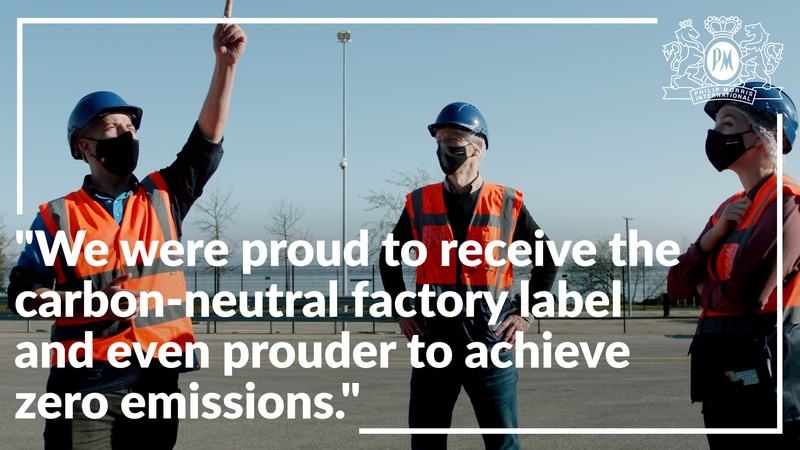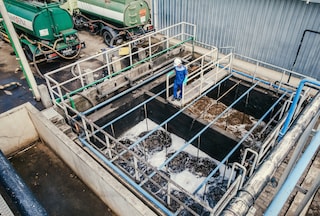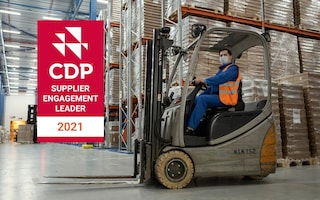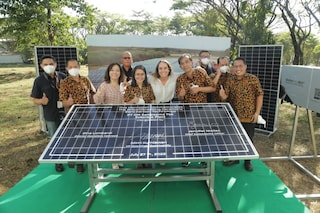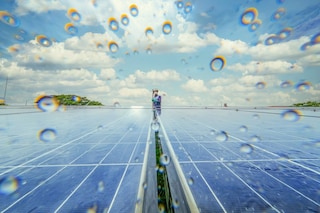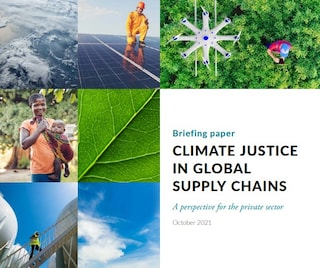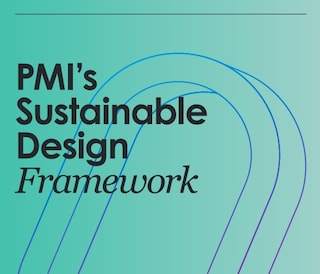
Our 2025 Roadmap goal
see our full 2025 roadmapTACKLE CLIMATE CHANGE
Achieve carbon neutrality in our operations and accelerate our decarbonization toward net zero across our value chain.
Key performance indicators to track our progress

See full performance metrics
view dataLearn more about PMI’s Sustainability Index in our Integrated Report 2021. See the full performance metrics and related footnotes here.
The right thing to do
The climate crisis, as acknowledged by the international community, threatens all livelihoods, but especially those who are most vulnerable, exacerbating inequalities.
Read moreThe business case
For a business like ours—with a diversified agricultural supply chain sensitive to climate changes—abrupt climate variations can have a profound impact on the secure supply of our raw materials.
read more
Our progress in 2021
Read more in our Integrated Report2021 performance highlights
- Total value chain CO2e emissions (scope 1+2+3) reduced by 18 percent, and emissions from our direct operations (scope 1+2) by 33 percent versus 2019 baseline
- Three additional manufacturing sites certified as carbon neutral, bringing the total to five
- 81 percent of electricity used in PMI’s factories came from renewable sources
- Creation of a Portfolio of Climate Investments (PCI) to standardize and provide transparency on our approach to investments in offsets and insets
-
Zero Deforestation Manifesto
-
Good Agricultural Practices (GAP)
-
PMI CDP Climate Change 2021 Submission
-
PMI CDP Forests 2021 Submission
-
PMI CDP Water 2021 Submission
This online content about our Integrated Report should be read in conjunction with PMI’s 2021 Integrated Report. The information and data presented here cover the 2021 calendar year or reflect status at December 31, 2021, worldwide, unless otherwise indicated. Where not specified, data come from PMI estimates. Please also refer to 'This report at a glance' on page 5 of the 2021 Integrated Report for more information. Aspirational targets and goals do not constitute financial projections, and achievement of future results is subject to risks, uncertainties and inaccurate assumptions, as outlined in our forward-looking and cautionary statements on page 252. In the 2021 Integrated Report and in related communications, the terms “materiality,” “material,” and similar terms, when used in the context of economic, environmental, and social topics, are defined in the referenced sustainability standards and are not meant to correspond to the concept of materiality under the U.S. securities laws and/or disclosures required by the U.S. Securities and Exchange Commission.




